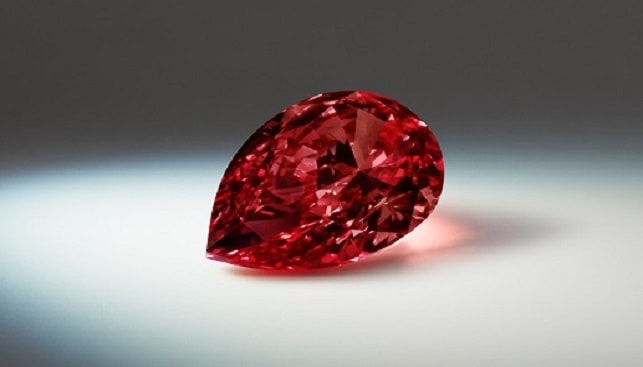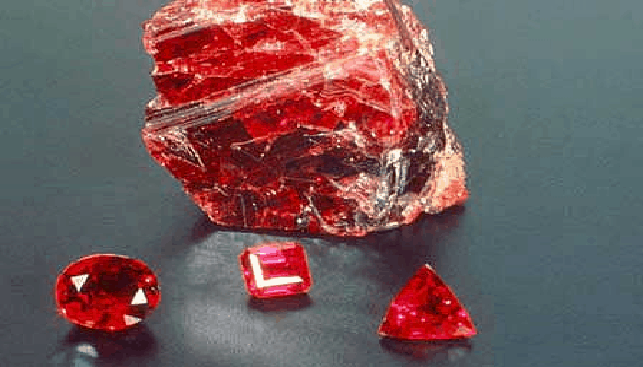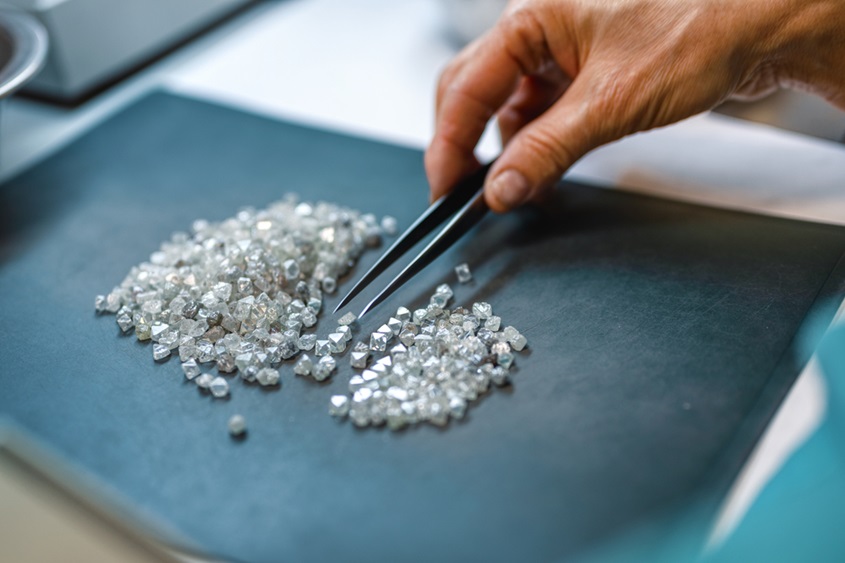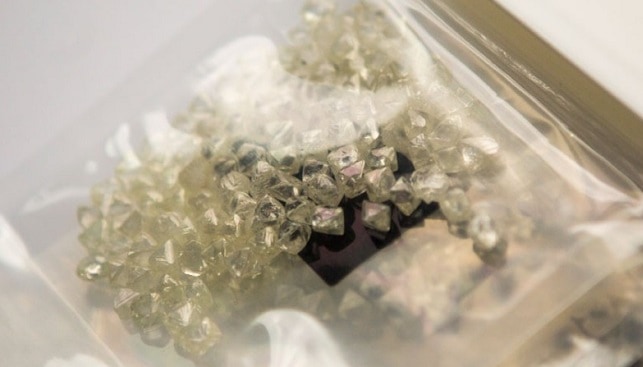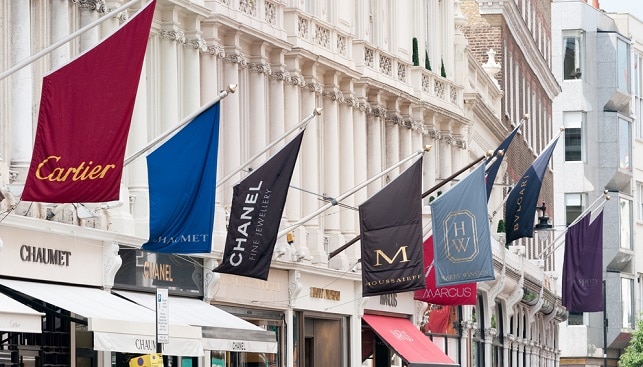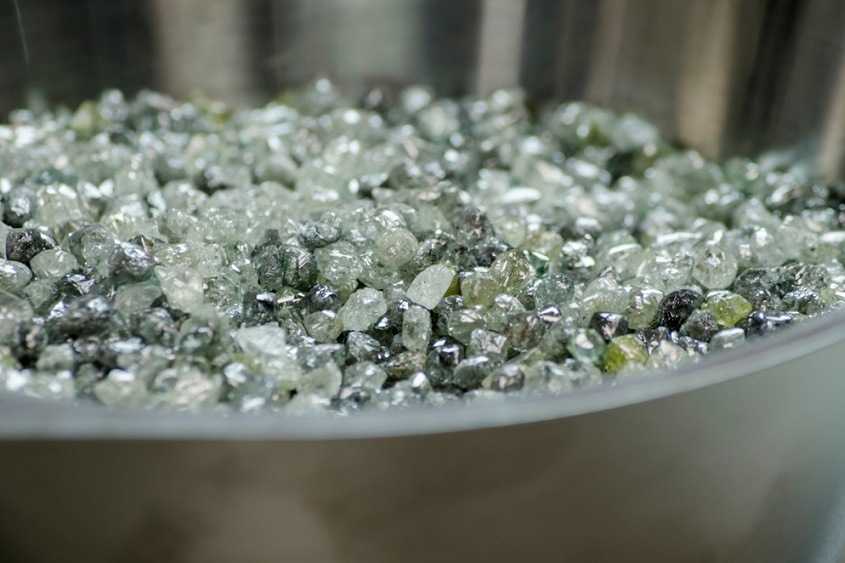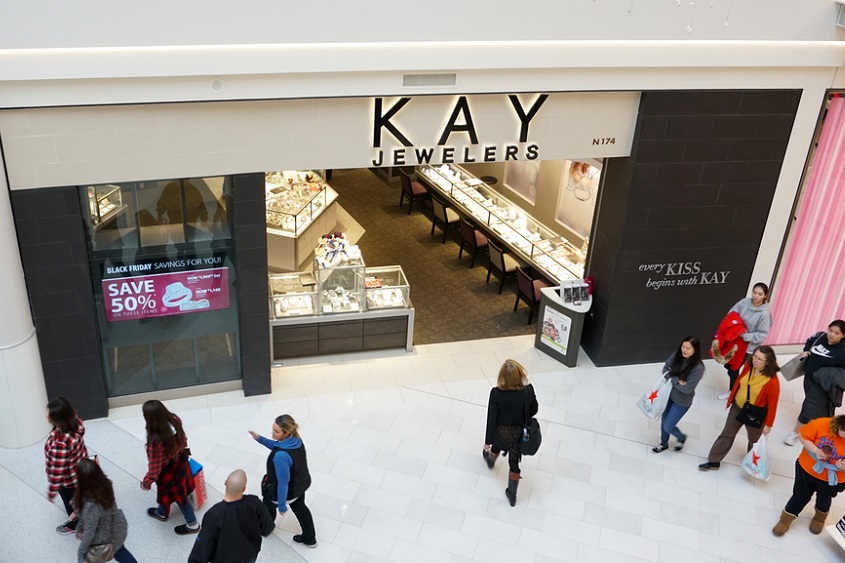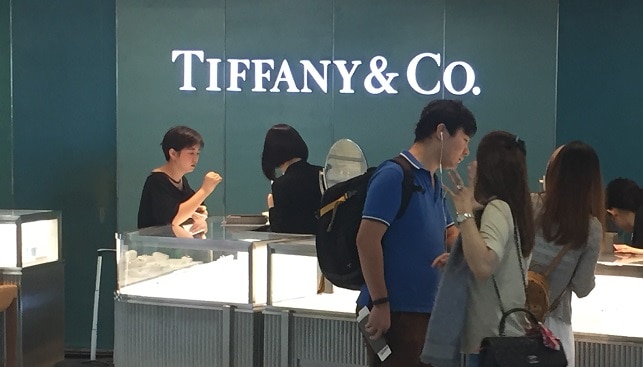Diamonds are usually pictured as clear, colorless stones. But while white diamonds are by far the most prevalent, naturally colored diamonds can occur if the stone is exposed to certain elements or chemical processes while it is being formed.
If the diamond is exposed to nitrogen, it will take on a yellow or brown hue. Some slight measure of yellow or brown in a diamond that appears colorless is expected and the diamond will still fall under the Gemological Institute of America’s definition of “normal color range.”
Grade the color
The GIA uses a letter scale to measure a diamond’s color saturation, and “yellow” diamonds graded D, E, or F are still called “colorless.”
A grade of G through J will define the diamond as “nearly colorless,” while the K, L, and M grades indicate a “faint yellow” hue. GIA grades N through R are used for “very light yellow” diamonds, and the remaining eight color grades are used for “light yellow” to “strong yellow” diamonds whose color can easily be seen.
What causing the color
Diamond graders cannot obtain an exact color grading by examining a diamond from the top. To accurately gauge a diamond’s color, diamond trade experts will usually place a stone upside-down in a white trough and look at the stone through its pavilion.
Diamonds of colors besides yellow and brown are known as “fancy colored diamonds” and their color is graded using a different scale.
Blue and gray colored diamonds are the result of exposure to boron.
Green diamonds – some of the rarest in the world – receive their color from natural radiation, while plastic deformation (changes in shape resulting from a defect in the diamond’s crystal structure) creates pink and red diamonds, as well as certain brown stones.
Once a diamond’s basic color has been graded, the stone is also certified according to its color overtones and intensity, such as “Fancy Vivid Yellow” or “Fancy Deep Blue-Green.”


